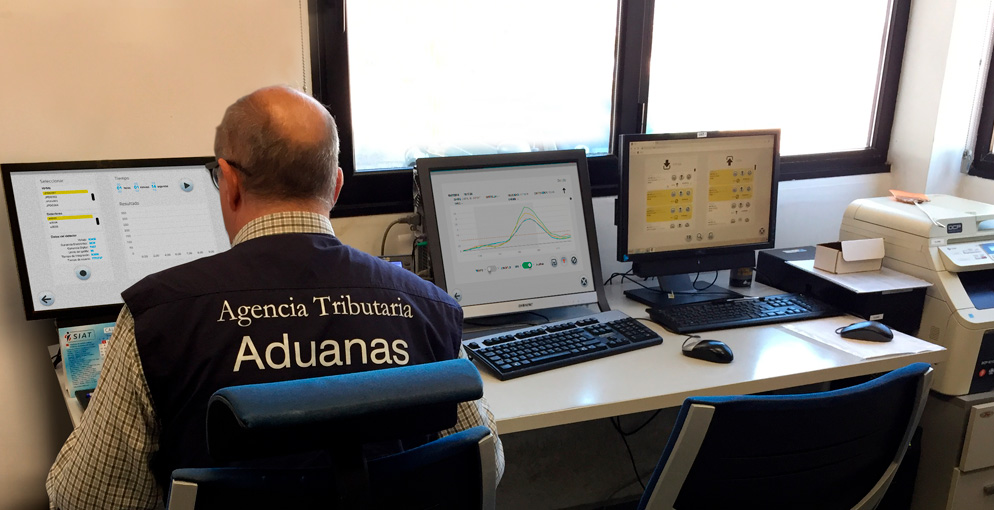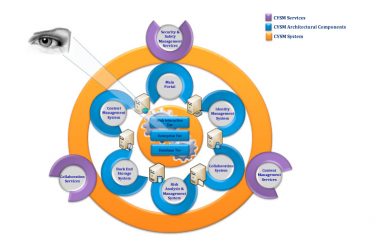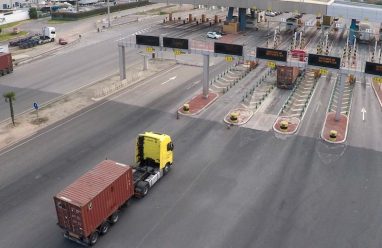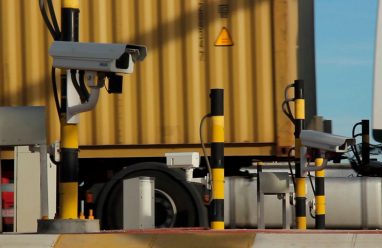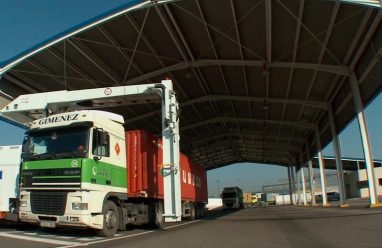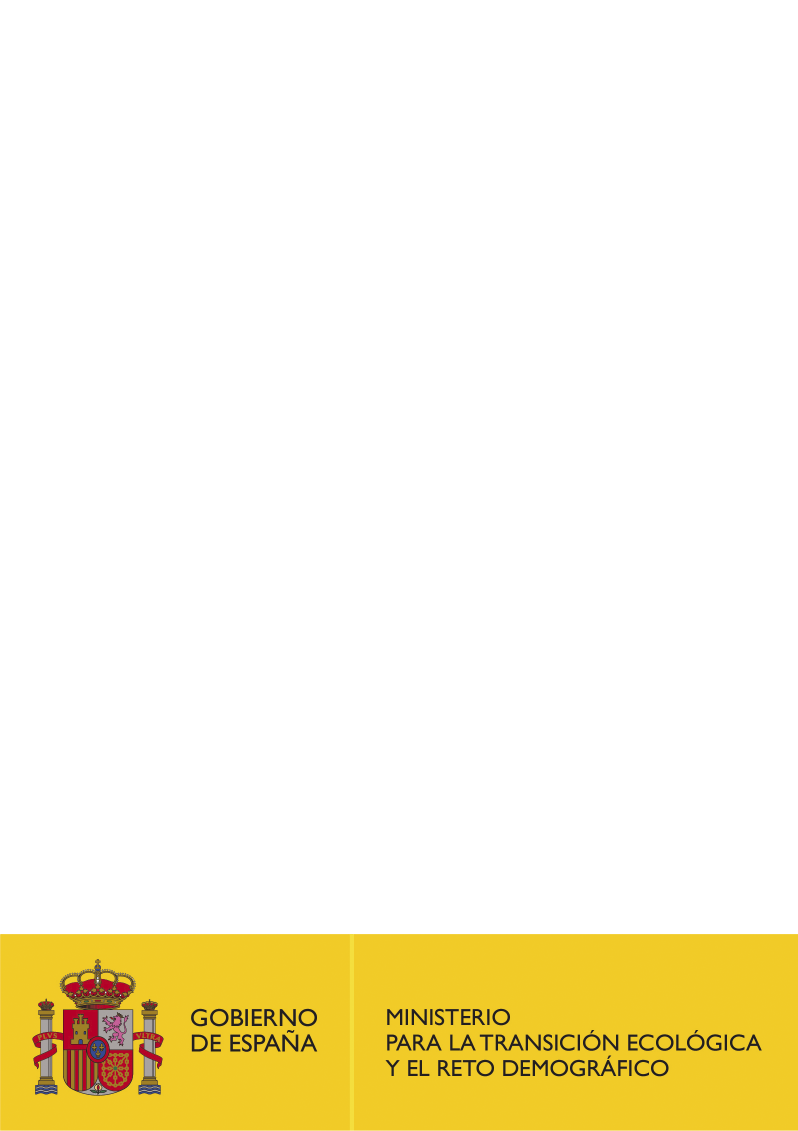The threat of a terrorist attack involving the use of radioactive material is a latent risk around the world. The fear is that an attack involving dirty bombs may occur; that is, the use of explosive devices to spread potentially lethal radioactive elements through the air, the effects of which would be devastating. In order to reduce that risk, there is a need for efficient control of goods coming in across borders.
The monitoring of goods for radioactivity is usually carried out by means of radiation portal monitors (RPMs). RPMs were originally developed for screening people and vehicles in high-security facilities. They were subsequently installed in scrap metal facilities to detect possible radiation sources mixed in with the processed scrap, which could contaminate the facility itself. At the same time, they were deployed in many European and Asian countries as part of efforts to prevent nuclear smuggling after the dissolution of the Soviet Union.
Following the 9/11 attacks, the United States decided to reinforce control over goods entering its territory by sea, given the possibility of hidden nuclear devices or other weapons of mass destruction. To that end, it launched the Container Security Initiative programme, which involved installing large-scale scanners in the major world ports. One of the first countries to install this equipment was Spain, through a bilateral agreement with the United States as part of the Megaports project.
However, these systems still left substantial room for improvement, as low levels of technological standardization and technical barriers led to lengthy detection times as well as the occurrence of nuisance alarms.
The main objective of the prototype was to make the existing radiation detection systems smarter, in order to reduce the number of innocent alarms (those set off by natural radioactivity, which previously have been declared) and false alarms (resulting from failures in the detection system). The central alarm station (CAS) operators could thus focus more attention on the alarms that were genuinely cause for concern.
Through the validation of this prototype, the Port of Valencia’s aim was threefold: to position itself at the forefront of national technology; to improve safety, and to increase the efficiency of its operating procedures.
The South Access Gate is the Port of Valencia’s only entry/exit point for freight transport vehicles. It has 10 portals that can detect neutron and gamma-ray emissions from all freight, both import and export. About 2400 trucks a day pass through this point. According to data recorded by Megaports in 2013, about 10% of those vehicles set off innocent alarms upon either entering or exiting the port. This access is therefore a key strategic point where it is of the utmost importance to find the optimal balance between security and efficiency of port operations, such that the transport chain as a whole is optimized.
The system developed within the framework of the SIDRA project, including new algorithms for improving the spectrometry and the neural network, was successfully tested and validated. The pilot testing thus demonstrated the ability of the system to reduce the number of innocent alarms requiring processing during this period, and to facilitate decision-making by CAS operators.
To validate the project developments, a gamma-radiation portal monitor was installed in lane S-7 and a computer with SIDRA software was set up in the CAS for handling and processing the data.
The pilot test of the prototype began by calibrating the system, using a van with real radiation sources. The system was then tested by passing through a truck loaded with a container, in which samples with a certain level of radioactivity were alternately placed at different points in the container (centre of gravity, greater/shorter distance from the detector, etc.) for the different tests carried out. Lastly, using the software developed, the system processed the trucks passing daily through said lane, in order to verify the effectiveness and usefulness of the proposed solution.
These trials confirmed that the abovementioned balance can be attained; the system boosts the effectiveness of the radiation monitoring of vehicles entering/leaving the port area, and improves the flow of traffic through the gates, by achieving a 68% reduction in the number of innocent alarms that have to be processed by operators.
In light of these results, on completion of the project the Spanish Customs Agency has decided to implement this solution in the Port of Valencia. The system supporting operators’ decision-making takes the radiation spectrum and the distribution of cargo in the container, and compares it with information on the transported cargo. In a second phase, the system is expected to be able to identify inconsistencies between radiation data and the declared cargo, which will facilitate the detection of smuggling.

